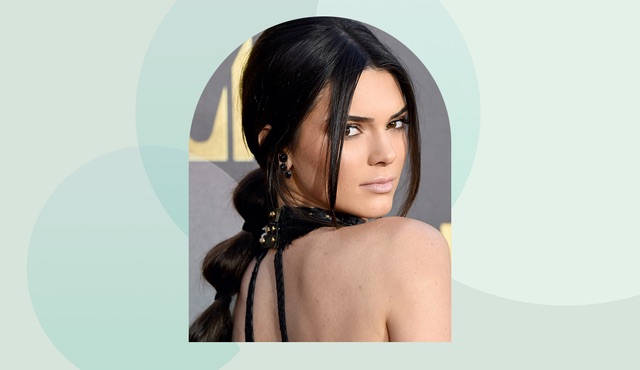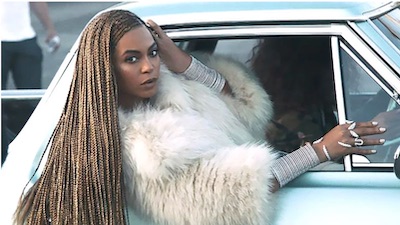Braids and Braiding : definition, trends and mobile braiding
A braid is a popular hairstyle formed by weaving together two or more sections of hair. Braids have been around for thousands of years and in various cultures throughout the world, as evidenced by the discovery of Venus of Willendorf, a female figurine dating from 30,000 BCE.
What is a braid ? What is braiding ?
Braiding is thought to have originated in Africa, where braided hair was used to identify one’s tribe, and the specific type of braid identified a person’s age, marital status, economic status and religion.
Today, braiding is not anymore only an at-home haircut for women or men, it is almost a social activity that inspires bonding between the person braiding the hair and the person whose hair is being braided.
Braids are often used on hair with a curly or kinky texture as a form of protective styling and not just for fashion. Braiding protects natural hair from heat and humidity. Maintaining your braids can help them last longer.
1. Protect your hair while sleeping. Wear a silk or satin scarf to bed.
2. Wash your braids as often as needed.
3. Moisturize your scalp a few times weekly with a lightweight oil or leave-in conditioner.
4. Give your scalp a rest. Don’t leave your braids in for too long.
How to make a basic braid :
1. Divide the hair into three equal sections: a right section, a middle section and a left section. Hold the left section in your left hand and the right section in your right hand.
2. Cross the right section over the middle section. The right section becomes the middle, and the middle section becomes the right.
3. Cross the left section over the new middle section. The left section becomes the middle, and the middle section becomes the left.
4. Repeat steps 2 and 3 until you reach the end. Then secure the braid with a hair tie.
Braids should be done by an experienced professional, it can be done in a salon, but more than often braiding services are done at home due to the duration of the process (up to several hours).
The many varieties of braids
French braids: Braids that begin with three small sections of hair near the crown of the head and end near the nape of the neck, while gradually incorporating more and more hair into each section.
Dutch braids: Similar to French braids, but sections are crossed under each other instead of over.
Fishtail braids: Braids using two sections of hair that are woven together to form an intricate appearance that resembles a fish skeleton.
Cornrows: Braids that run along the scalp to form a continuous, raised row, often running in straight lines but can also be formed into geometric patterns.
Box braids: Braids consisting of square-shaped divisions of hair on the scalp from which point the hair is braided.
Dreadlocks: Although not braids in the traditional sense since the hair is not woven but matted, dreadlocks nevertheless resemble braids in the sense that they form the hair into rope-like structures.
Twists: Also not braids in the classical sense, twists are achieved by dividing the hair into sections and twisting them together. They can be formed using two or more sections.
Current and future trends for 2022 in braiding
Halo braids: Braids surround the top of the head like a halo
Bubble braids: Hair ties are secured along the length of a ponytail. The sections between the hair ties are pulled loose to resemble a bubble : https://www.wellandgood.com/how-to-style-bubble-braids/

Lemonade braids: Cornrows with a deep side part, popularized by Beyoncé : https://www.thetrendspotter.net/lemonade-braids/

Besides the style, Braids protect the hair, keep it out of the face and add a touch of style. They’re sure to remain popular as they’re practical, fashionable and fun!